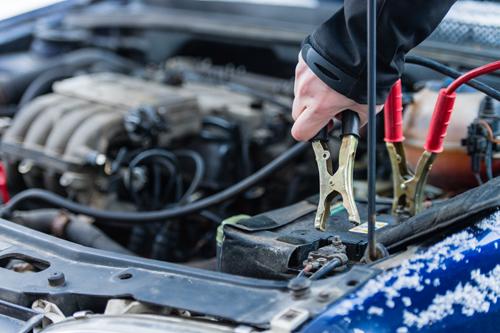Pinkythelabrat
A2OC Donor
My battery has been going pretty flat pretty quickly during lockdown - charging it once a week and it’s below 12v every time. I normally drive 70 miles a day, five days a week, so this hasn’t really been an issue before.
It’s an 18 month old F18 85amp hour battery. A good un. I’ve got a TDi 75 2002.
I measured the battery current drain with the doors all locked and the boot latched - alarm set and it settled to 100mA drain steadily.
At this rate - 17 amps per week - my battery is pretty much going to be half way flat every fortnight! It feels faster but I probably am charging it at least fortnightly if not weekly.
100mA seems to be pretty high but does anyone have their own parasitic drain in a TDi to compare it to?
Thanks awfully!
Alex.
Ps I do have a solar panel trickle charger but it can’t keep up...
Sent from my iPhone using Tapatalk
It’s an 18 month old F18 85amp hour battery. A good un. I’ve got a TDi 75 2002.
I measured the battery current drain with the doors all locked and the boot latched - alarm set and it settled to 100mA drain steadily.
At this rate - 17 amps per week - my battery is pretty much going to be half way flat every fortnight! It feels faster but I probably am charging it at least fortnightly if not weekly.
100mA seems to be pretty high but does anyone have their own parasitic drain in a TDi to compare it to?
Thanks awfully!

Alex.
Ps I do have a solar panel trickle charger but it can’t keep up...
Sent from my iPhone using Tapatalk





